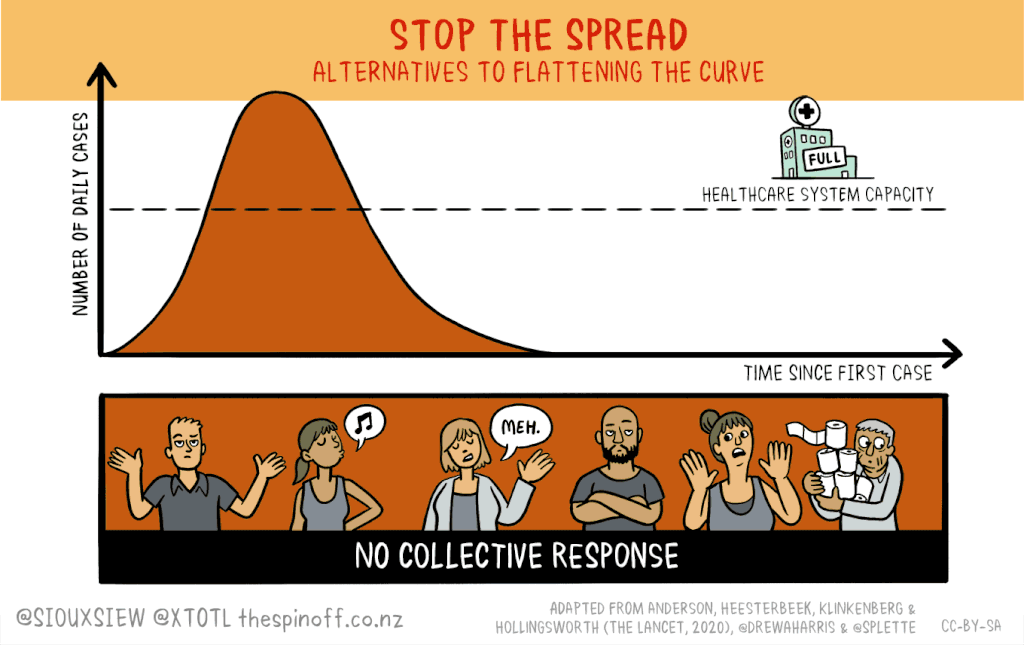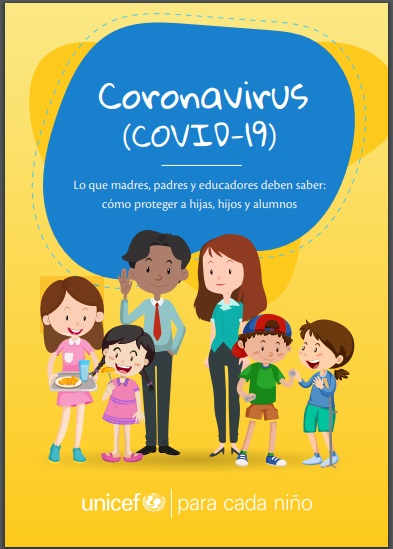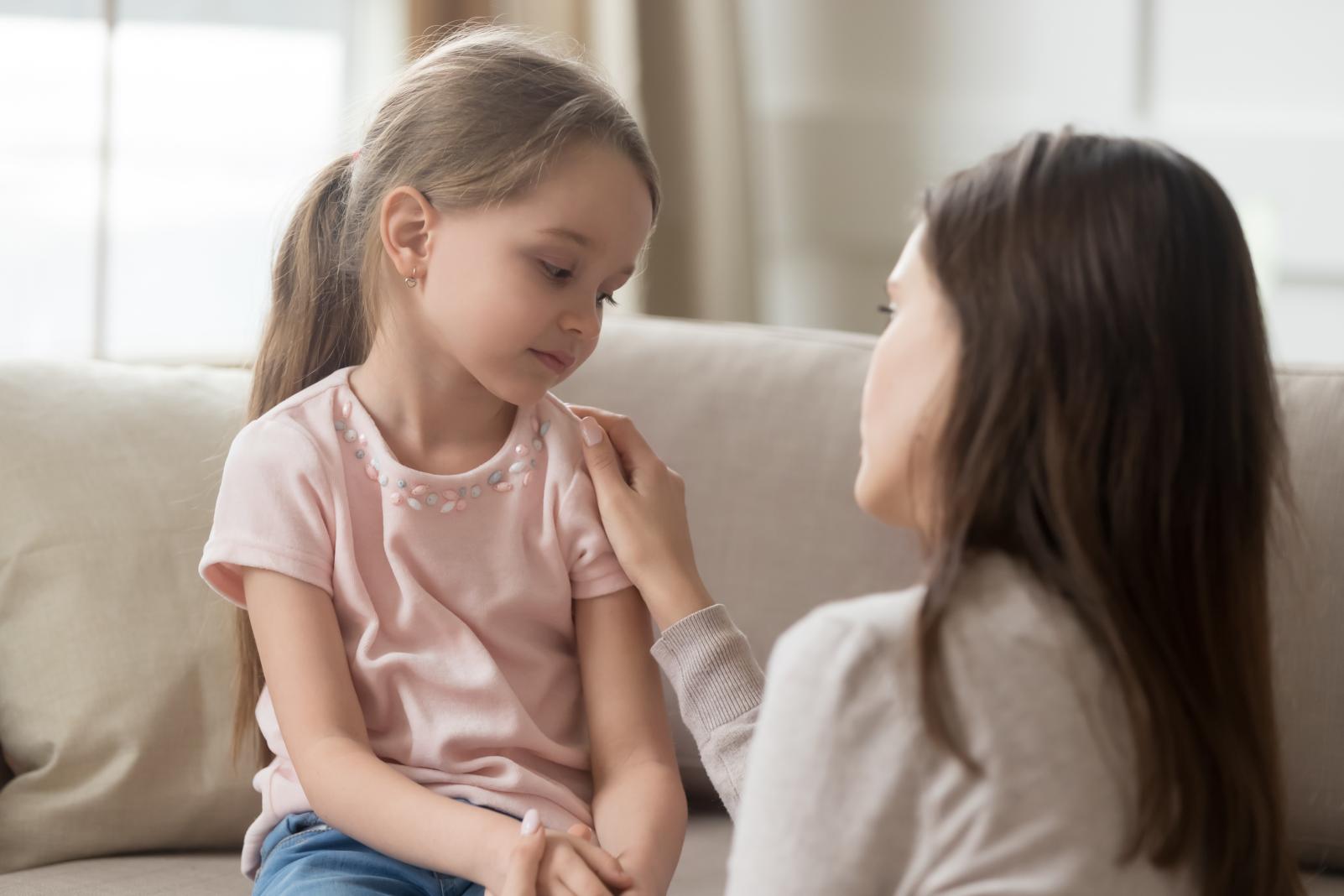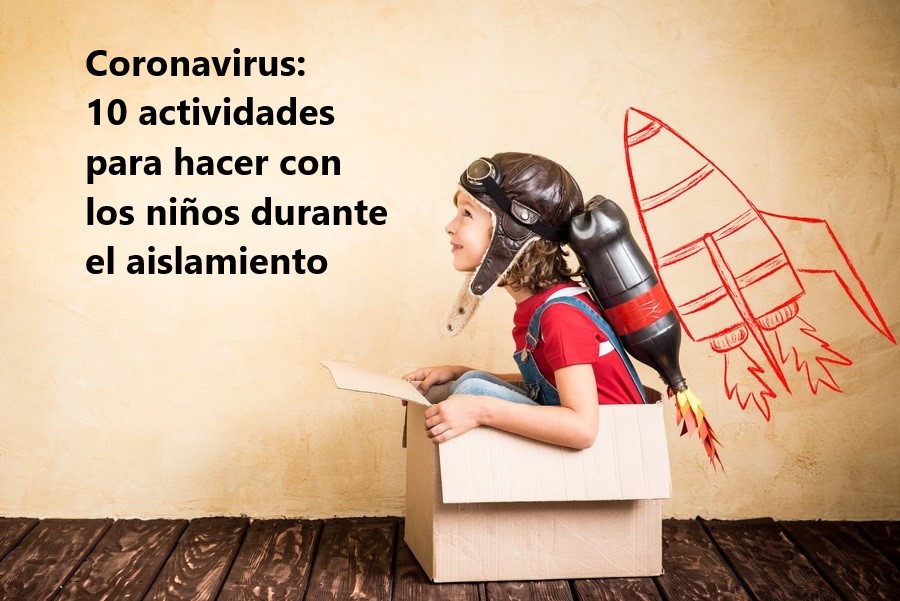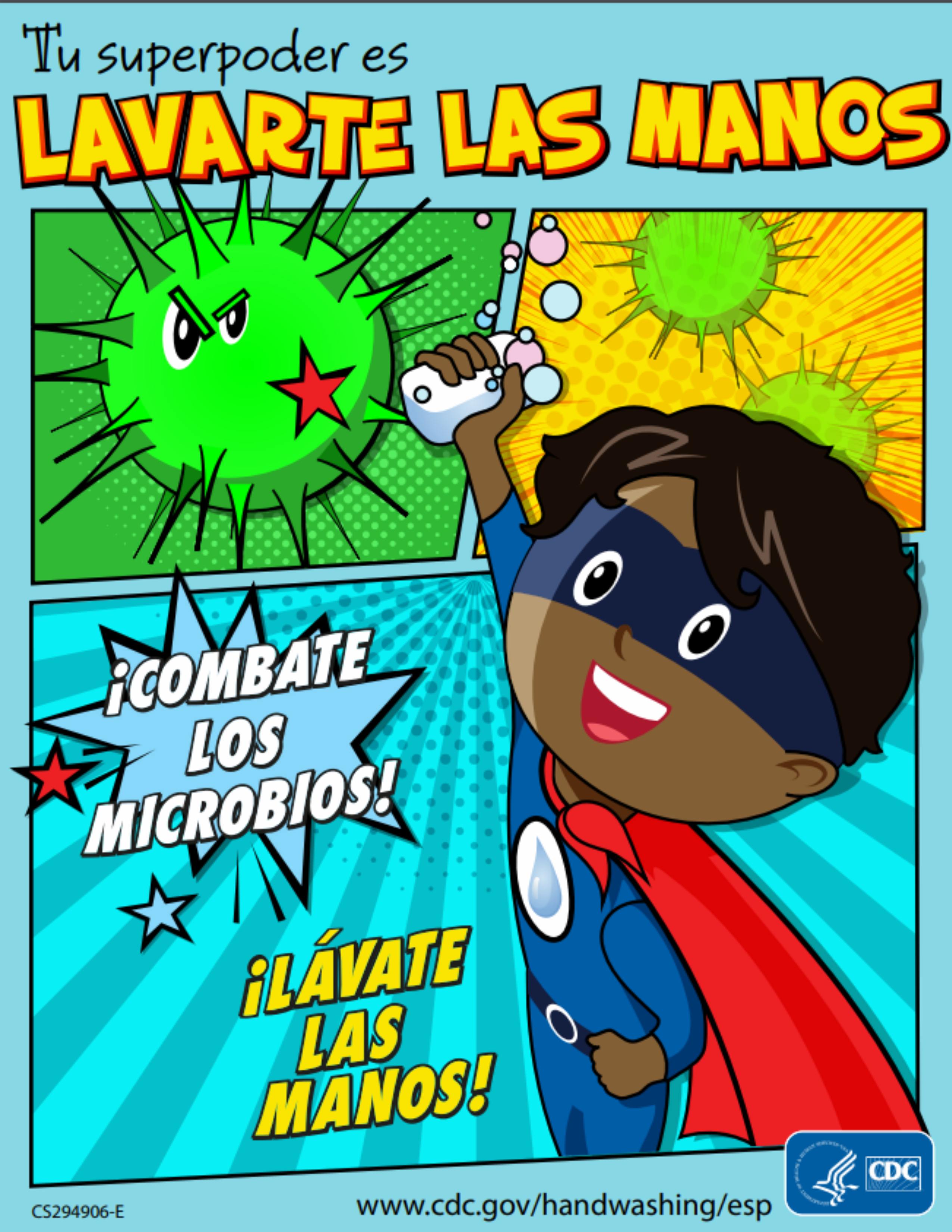You probably have heard a lot about Social Distancing lately, which is the amount of physical space we maintain with other individuals during social interactions. Do you want to know why we talk so much about #SocialDistancing in order to #FlattenTheCurve?
Because the coronavirus spreads very easily through social contact, like through handshakes. But the most effective way we spread viruses is when we cough or sneeze, because then we spread tiny droplets through the air and onto surfaces. The graph below shows how contagious #COVID19 is in comparison to other viruses.

If we personally engage in creating a social distance between ourselves and others then we can #SlowTheSpread of #COVID19 and create an impact in our own social circle by not getting friends and family sick and at the same time reducing your own risk of getting sick.
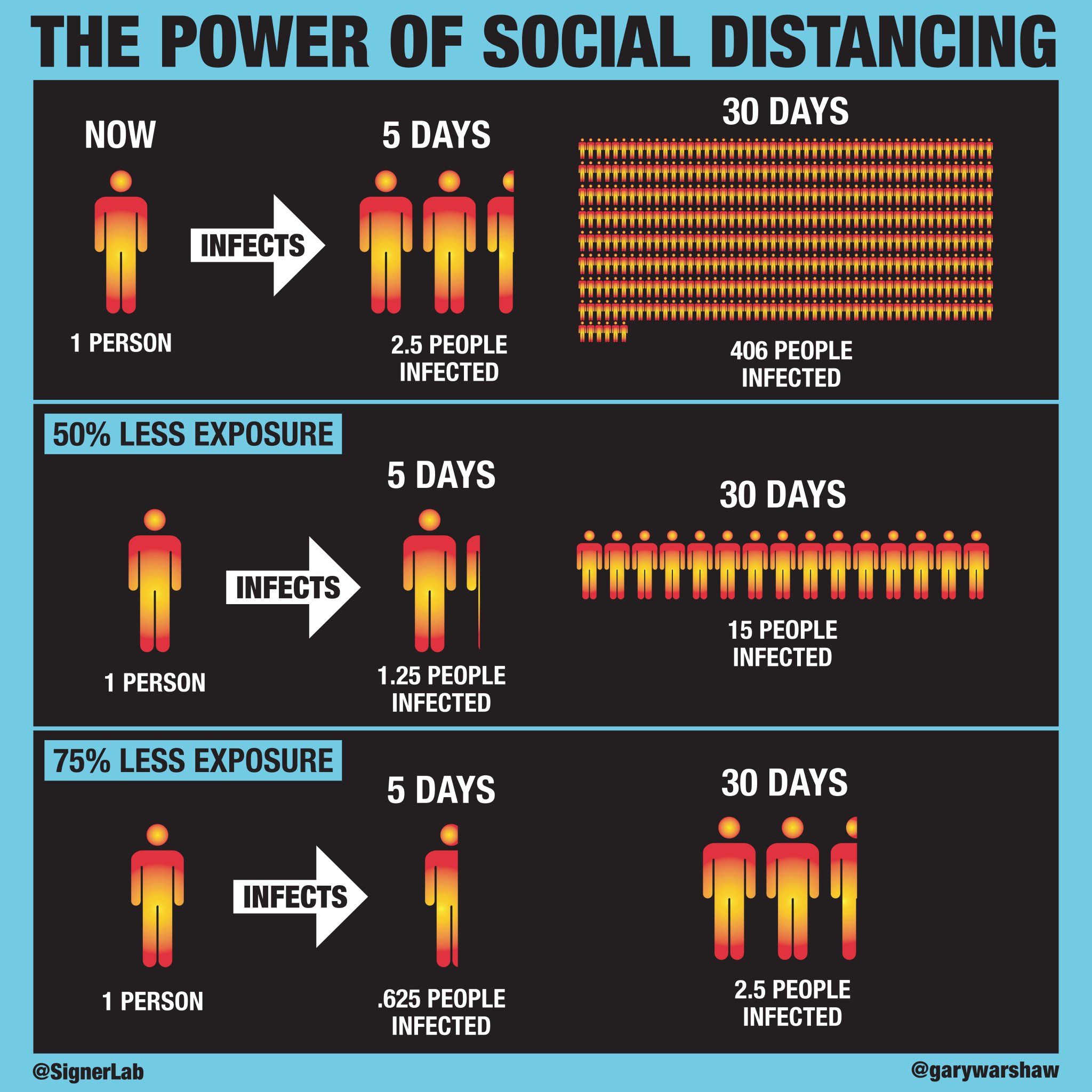
We can #SlowTheSpread of #COVID19 by using the following social distancing measures:
- Reducing the number of people around you throughout your entire day
- Staying home, even when you feel well.
- When you’re out, keep at least 6 feet between you and others
- Using alternative means of social interaction such as:
video chat, text or phone calls to connect with friends and family members.
And for the #ASL community here’s a video about Social Distancing #StayAtHome#FlattenTheCurve
So what happens if we don’t do our part to stop the spread? Simple our loved ones can get sick. Yes you can be responsible for infecting those you love. And for those who are over 60, or even those who are younger, and who have:
- Diabetes
- Lung Disease or respiratory issues
- Heart Disease
- Cancer
- or are immune compromised
the results can be deadly, as the fatality rate for these individuals is higher than the regular population, as shown in a an earlier study:
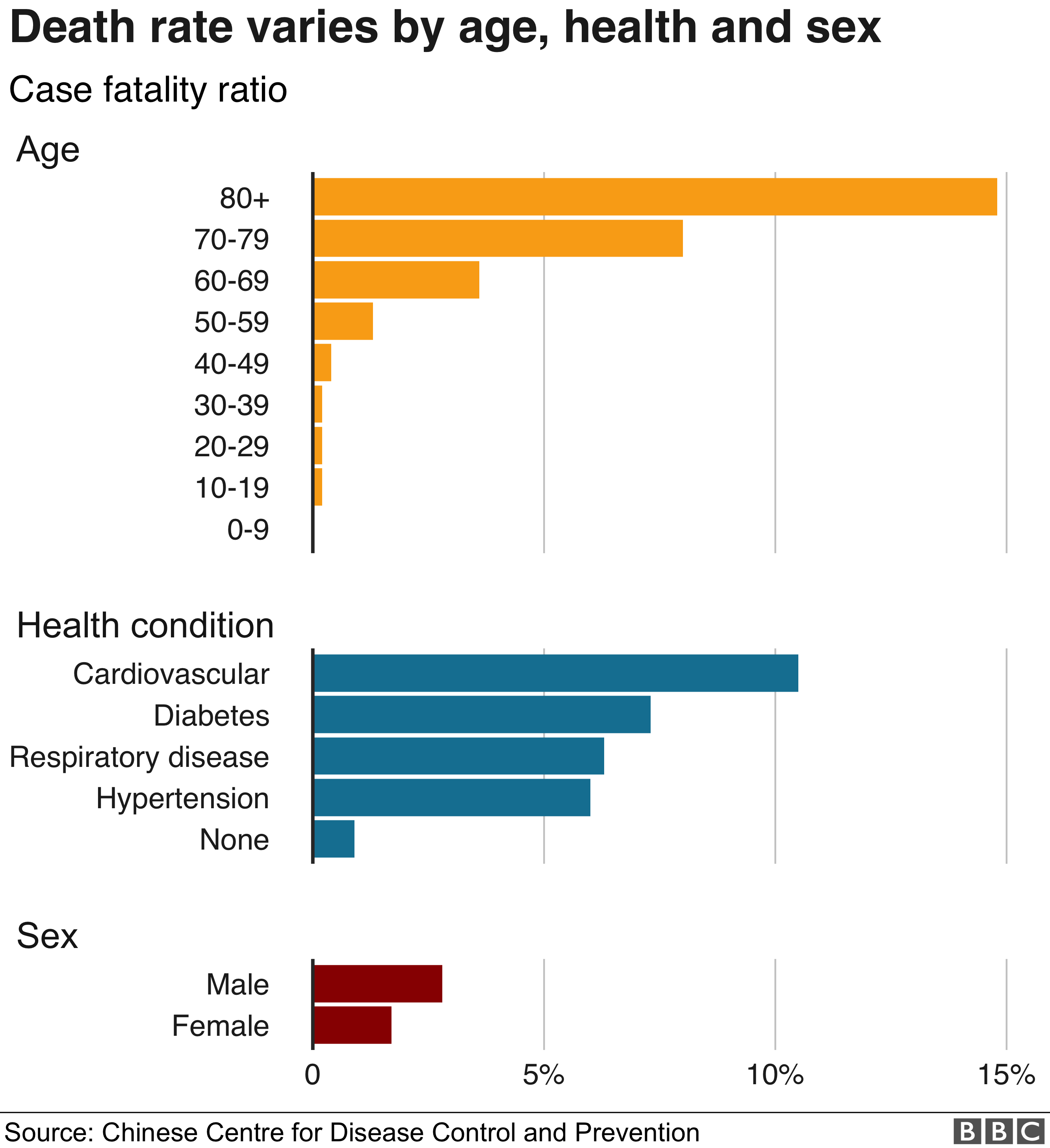
Aside from the high fatality rate for certain age groups and health conditions, there’s another important reason why state health officials want everyone to stop the spread. Imagine the following scene: in NYC health officials are projecting over 1 million individuals will get seriously ill requiring hospitalization. If residents don’t all cooperate and practice social distancing or self-isolation to #slowthespread then the graphic below indicates what will happen: hospitals become overwhelmed and people will die from either lack of medical intervention or intervention that is too late. This is exactly what we are seeing in Italy at the moment.
On March 20th, 2020, The country of Italy exceeded the total number of deaths (4,032) that occurred in Mainland China (3259), during that country’s 3 month battle with #COVID19.
